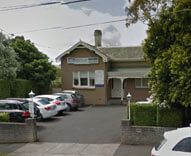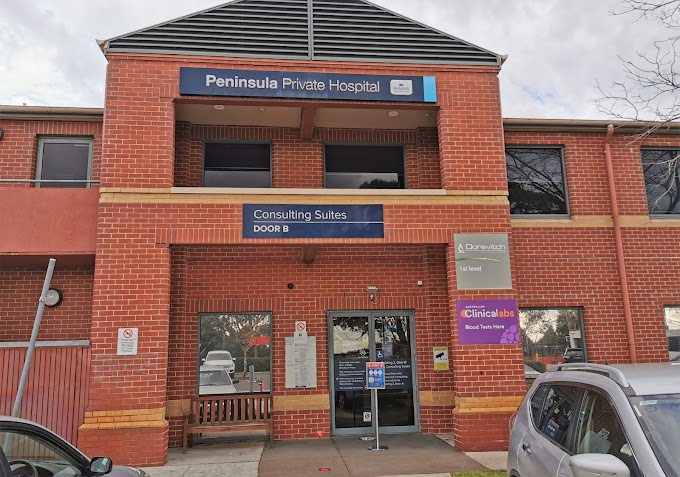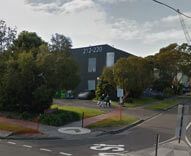Birthmarks / Vascular Anomalies/Pigmented Lesions
A congenital vascular birthmark is the common term for a vascular anomaly, which is a collection of abnormal blood vessels that form on or just below the skin. Birthmarks of various shapes, size, colour, and texture are extremely common in newborns. Many of these will disappear spontaneously, but in over half of cases some sort of interventional treatment is advised.
Other types of birthmarks are congenital melanocytic naevi, which can also vary in size and location. These lesions may be quite thickened and grow hair. They are thought to have a 15% lifetime risk of transformation to malignant melanoma, so are usually recommended to be excised if possible in childhood.
Dr David Ross can advise on these lesions as well as other cutaneous lesions and tumours seen in children to advise on the benefits or not of surgical treatment.
There are two main types of vascular birthmarks, haemangiomas and vascular malformations. These lesions differ in their appearance and natural history:
Haemangiomas
Haemangiomas generally emerge at birth or in the early weeks following birth. They can be seen through the skin as a bright red swelling or as a tumour underneath the skin. They tend to undergo a natural history of initially rapid growth for 9-18 months and then subsequently slow involution over the following 4-5 years. Depending on their location they can disappear completely without trace, but others will fade but leave some distortion of the underlying skin.
Vascular Malformations
There are a number of types of vascular malformations. The most common type is the venous malformation (Port Wine stain). This lesion is usually present at birth and grows in size commensurate with the child’s growth. It will not involute but will remain throughout life, although it may darken or lighten with age. Other vascular malformations also persist throughout life and can be low or high flow arterio-venous malformations and other smaller lesions. These vascular malformations can cause cosmetic concern and lower self esteem or may impede normal activities, which would justify treatment.
Treatment of Vascular Anomalies
While most birthmarks will not need any sort of treatment, some haemangiomas are best treated by surgical excision. Dr. David Ross’s philosophy regarding surgical intervention of haemangiomas is that if they are seen early enough and can be removed easily, surgical excision is justified to avoid the six year natural lifespan before complete involution. Other lesions that have the potential to affect vision, breathing or hearing are best treated surgically, although some other treatment modalities may also be available if surgery proves difficult. More superficial lesions like venous malformations such as port wine stains can generally be treated with multiple laser sessions, usually with a pulsed dye laser. Recent research has demonstrated that there is a role of medical therapy, using beta-blocker medication to modulate the natural history of vascular malformations and haemangiomas. Dr Ross can assist with advice as to which treatment modality might be best undertaken to treat your child’s vascular birthmark.
Treatment of Congenital Melanocytic Naevi
Congenital melanocytic naevi, which are also often termed giant hairy naevi, are usually present at birth and can vary greatly in size and location. Depending on the characteristics of the naevus at birth, it can undergo significant change with growth involving increasing thickness, change of colour and hair growth. As some of these pigmented lesions are known to undergo transformation to malignant melanoma over time it is often recommended that surgical excision is undertaken in childhood if possible. All surgery will need to be undertaken under general anaesthetic. Smaller lesions will be able to be excised and directly closed in some locations, however removal of larger lesions will require more complex reconstructive plastic surgery procedures, such as skin grafts, skin flaps or tissue expansion to achieve wound closure. Larger lesions where excision and repair is not possible can be treated with other treatment modalities like curettage and carbon dioxide laser resurfacing, with lowering of the lesions malignant potential.
Dr Ross can assist with advice as to which treatment modality might be best undertaken to treat your child’s pigmented birthmark.
After a thorough evaluation at our Bayside Plastic Surgery centre in Melbourne, Victoria, we can recommend a treatment plan for children with vascular deformities or pigmented lesions. Contact us today to schedule a consultation with plastic surgeon David Ross.




